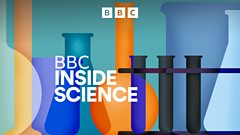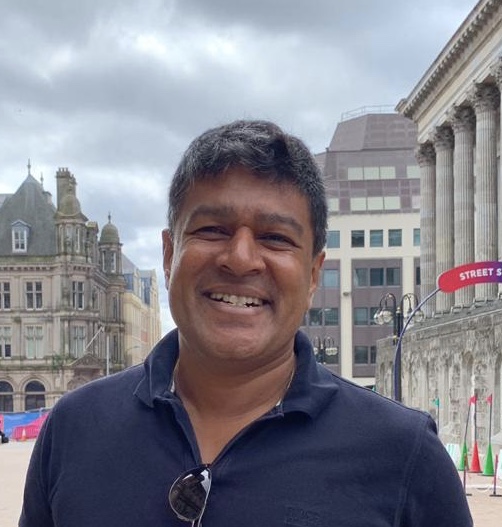Antibodies Revolutionizing Cancer Care: Past Successes and Future Promise
Antibody-based therapies have transformed cancer treatment over the past few decades. A recent review published in Nature Reviews Cancer provides a comprehensive overview of the progress made to date and the exciting new frontiers on the horizon. Since the approval of the first monoclonal antibody rituximab in 1997 for lymphoma treatment, over 50 antibody drugs have been approved by regulatory agencies worldwide. However, the review highlights that much work still remains, as many cancer types lack available targeted therapies. Let’s explore some of the major findings from this paper and their potential implications for advancing clinical care.
A cornerstone development was refining antibody engineering techniques to minimize unwanted immune responses in patients. Early “chimeric” antibodies had mouse variable regions grafted onto human constant regions to reduce immunogenicity. Further “humanization” kept only the mouse complementarity-determining regions essential for antigen binding. Transgenic mouse technologies and phage display then enabled fully human antibodies. This progressive reduction in animal-derived components facilitated repeated administration and broader clinical use.
Antibody formats also diversified. Most approved drugs utilize the IgG subclass for its long serum half-life. However, bispecific antibodies simultaneously target two antigens, such as connecting a tumor cell to a T cell. The prototypical blinatumomab was the first bispecific T cell engager approved, opening up this format. Antibody-drug conjugates additionally deliver cytotoxic payloads selectively to tumor cells. Promising results seen with trastuzumab emtansine and inotuzumab ozogamicin set the stage for over a dozen approvals in this class.
Immunotherapy blockade of “checkpoints” inhibiting anti-tumor immune responses has revolutionized many cancer types. Ipilimumab’s approval in 2011 marked the beginning of a new era. Eight anti-CTLA4 and anti-PD1/PDL1 drugs gained approval based on response rates over 20% in various malignancies. However, only a minority of patients benefit, so novel combinations and additional targets are under study.
Antibody components. a, Antibodies consist of two identical light chains and heavy chains that are held together by disulfide bonds and resemble a Y-shaped structure. Each light and heavy chain contains a variable (VL and VH) domain responsible for antigen binding and constant (CL and CH) domains that determine the half-life and effector function of the antibody. Enzymatic processing can break up antibodies into two fragments named fragment antigen binding (Fab) and fragment crystallizable (Fc). The light and heavy chain variable regions together make up the fragment variable (Fv), the smallest fragment that retains antigen-binding capacity. Manufactured Fv fragments are joined together by a flexible peptide linker to form a single chain named single-chain variable fragment (scFv). Antibodies are grouped as mouse, chimeric, humanized and human based on the amount of peptide sequence derived from each species. aBelantamab mafodotin was withdrawn but may gain re-approval based on ongoing trials. Teclistamab (a combination of a humanized and a human antibody) is considered as a humanized antibody for this figure. CDRs, complementarity-determining regions. Adapted from reference
The review highlights we’ve only begun to tap antibody therapies’ potential. Many cancers still lack approved targeted agents, due to limited knowledge of tumor-specific antigens and pathways. Single-cell sequencing may help identify novel targets variably expressed in cancer versus normal tissue. Structural studies of neoantigen recognition by antibodies provide insight for “public” mutant targets common across patients. Advances like trispecific antibodies and tumor microenvironment modulators open new avenues.
Engineered formats may enhance efficacy. Pentameric IgM engagers have ten antigen-binding sites versus two in IgG, for amplified tumor cell killing. Novel linkers and payloads could make antibody-drug conjugates more potent. Masking technologies may activate antibodies selectively within tumors. Multiantigen recognition using “Boolean logic gates” may provide exquisite specificity.
Going forward, maximizing target expression through combinations seems key. Standard monoclonal antibodies require high antigen levels unlikely in many solid tumors. However, certain bispecific antibodies and antibody-drug conjugates can kill at sub-optimally expressed targets if given with agents elevating expression. Similarly, checkpoint inhibitors paired with therapies increasing tumor mutational burden may broaden benefit.
Finally, comprehensive modeling will be vital for precision matching of patients to the right treatments. Differences in target expression across tumor types and individuals necessitate companion diagnostics. Biomarkers must guide decisions around optimal combinations versus sequential single agents. Only through systematic study applying new technologies can we fully unleash antibodies’ potential for reducing cancer’s burden. Exciting times surely lie ahead in this dynamic field.
Reference(s)
Click TAGS to see related articles :
IMMUNOLOGY | MEDICINE | ONCOLOGY
- Deep-sea mining tests impact over a third of...on December, 2025 at 8:00 am
- Deep-sea mining tests impact over a third of...on December, 2025 at 8:00 am
- Top UK scientist says research visa restrictions...on December, 2025 at 1:20 am
- BBC Inside Scienceon December, 2025 at 5:00 pm








